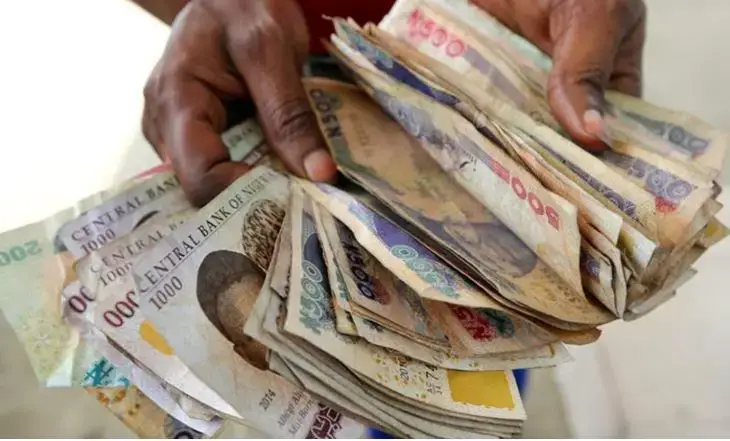Consumers of goods and services and companies paid N5.34tn as taxes to the government in 2022.
This represents a 42.14 per cent increase from the N3.76tn that was raised in 2021. The N5.34tn was raised from Value Added Tax and Company Income Tax.
In 2022, the government raised N2.51tn from VAT and N2.83tn from CIT. According to the Federal Inland Revenue Service, CIT is a 30 per cent tax imposed on the profit of companies and VAT is a 7.5 per cent consumption tax paid when goods are purchased, and services rendered and borne by the final consumer.
According to the National Statistics Bureau, manufacturing, information and communication, and mining and quarrying sector are the largest contributors to local VAT.
For CIT, manufacturing, information and communication, and financial and insurance are the top three sectors that contribute to local CIT.
In 2022, the government received N477. 43bn VAT from the manufacturing sector, N268.84bn VAT from the information and communication sector, and N158.49bn from the mining and quarrying sector.
It received N468.59bn CIT from the manufacturing sector, N362.26bn from the IT sector, and N208.93bn from the financial and insurance sector.
Commenting on the contribution of the sectors to VAT in the fourth quarter of 2022, the NBS said, “In terms of sectoral contributions, the top three largest shares in Q4 2022 were Manufacturing with 32.17 per cent; Information and communication with 18.05 per cent; and Public administration and defence, compulsory social security with 9.87 per cent.”
Commenting on CIT, it said, “In terms of sectoral contributions, the top three largest shares in Q4 2022 were Manufacturing with 31.20 per cent; Financial and insurance activities with 12.96 per cent; and Information and communication activities with 12.77 per cent.”
According to the Federal Government, its non-oil revenues are becoming more stable than oil revenue. It stated its intention to improve its non-oil revenue receipts by improving and expanding tax administrations.
In its ‘Public Presentation of 2023 FGN Budget Proposal — Breakdown and Highlights’ report, it said, “In addition, the tax system will be further strengthened over the medium term by improving collection efficiency, enhancing compliance, and reorganising the business practices of revenue agencies as well as employing appropriate technology.
“Furthermore, efforts will be made to bring more businesses in the informal sector into the tax net.”
According to the International Monetary Fund, Nigeria has one of the lowest revenue-to-GDP ratios in the world, making its fiscal position vulnerable to shocks. It stated that tax compliance and tax morale are low in the country with VAT collection efficiency being the lowest among peer African countries.
In its recent Article IV report, the Washington-based lender stated that Nigeria’s revenue would improve if it adopted a VAT reform, which includes raising VAT to 15 per cent.
An economic expert and seasoned academic at the University of Uyo, Professor Akpan Ekpo, explained that while the IMF is right about a low tax-to-GDP ratio, Nigerians are unlikely to want to pay tax because of poor quality of service.
He said, “We are not taxed enough because we also do not have tax delivery. Taxation has a feedback, when you pay tax, you expect quality service delivery. We don’t have quality service delivery, so people are not willing to pay taxes, except for people that are working.
“The IMF is right, but not entirely because taxes have a feedback mechanism. If you give me good services, I will pay tax. There is also a limit to taxation, if care is not taken over-taxation can occur.”
“Also, there is a high rate of unemployment. When people are working, they will pay taxes. But when you have about 33 per cent unemployment rate, people can’t pay taxes.”
He attributed the growth of tax revenue in 2023 to improvement on the part of FIRS to bring more companies into the tax net.
Ekpo, added, “Increase in VAT is down to the recently increased VAT rate. This is a 2.5 per cent increase to 7.5 per cent will translate to a constant increase in VAT collected compared to when it was five per cent.
“For CIT, FIRS has made efforts in collection. And getting more companies into the tax net and tax bracket. FIRS made more effort to recover taxes, and they brought in more companies into the tax net, both in terms of VAT and CIT.”
SOURCE: THE PUNCH











